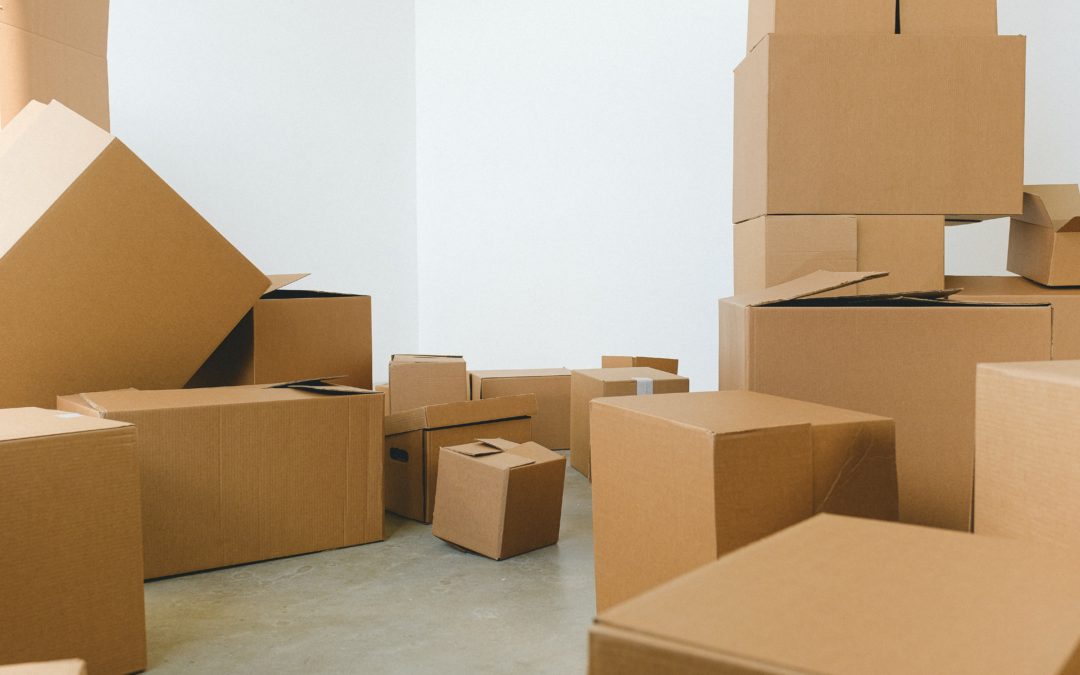I’ve spent the last 5 years of my life working to eliminate single-use packaging. Cutting the use of cardboard was part of that goal, but most of my focus was on cutting single-use plastic packaging used in direct to consumer e-commerce shipments. This was true for a variety of reasons, but the primary reason is that eliminating plastic gets all the headlines and regulatory attention when it comes to sustainable packaging. Cutting cardboard or “recycling” cardboard doesn’t get quite the same effect… Because plastic gets the headlines, that’s where retailers focus. And because I sell to retailers, that’s where my focus was as well.
So, you can imagine my surprise when an employee at one of Limeloop’s customers made an off-hand comment that if I was truly worried about ending single-use packaging, I should be more focused on cardboard in their supply chain–not just focused on packaging direct to consumer..
While I am not a fan of single-use of any sort, cardboard has always been the somewhat “ok” material. Somewhat “ok” in the sense that it still can be recycled, though that process certainly isn’t perfect. Recycling cardboard is a beast of its own…
This employee continued with, “We’re sending 500 boxes per store per month to replenish inventory, and only using those boxes a single time. That is a lot of wasted resources: water, energy and ultimately, money. We spend over $1 per box for that single-use cardboard.”
Small-scale, $1/box is nothing. But we aren’t talking small-scale here. 500 boxes per month at $1.25 per box would add up to $7,500 a year on cardboard that gets used once and then tossed. These may not even apply to recycled cardboard boxes though many claim they to be using recycled cardboard boxes. And these numbers are on the smaller end of that scale… Large retailers around the nation, and the globe, experience these same price pains when it comes to their shipments. Why is it that retailers are willing to pay this kind of money for a single-use transportation item?
“Well,” this customer had said, “We don’t have any choice. Cardboard is a fact of life.”
Despite this retail employee’s insistence, I wasn’t sure I totally bought what they said. Could it really be that most retailers in the U.S. are blowing through hundreds of thousands, or millions, on single-use cardboard boxes every year just to replenish their shelves?
To find out, I decided to go undercover one afternoon in early November to visit 10 retailers who had sterling sustainability reputations.
Behind closed doors
My skepticism didn’t last long.
First stop…
I started with a California based retailer that had around 100 retail locations. I walked into the store on a slow, cloudy day and quickly started a conversation with their very friendly store manager.
“How,” I eventually asked her, “do your stores get replenished?”
I quickly learned that store replenishment happened with cardboard, that they received around 300 boxes per month, and that they recycled all their cardboard. “However,” she’d said, sensing I had thoughts about recycling, “We know recycling isn’t actually a great option compared to reusing these boxes, but what else can we do?”
Second stop…
Next I visited a retailer with several hundred retail locations that is as hip and Gen Z friendly as a brand could be. I’d barely started speaking with the very young store associate before she’d said, “don’t worry. We recycle literally everything. We’ll do anything to promote sustainability.”
I laughed, telling her that it wasn’t recycling that I was worried about, but the act of using a resource intensive material like cardboard just once.
“Oh wow,” she’d replied, “I’ve never thought of it like that. We go through a ton of cardboard! And yea, what a waste.”
The rest of the stores…
Store after store, the story was the same. I watched employees cut otherwise brand new boxes filled with sweaters and socks. I watched them unpack the boxes and then flatten them, sending them off to be recycled or discarded.
It’s not that recycling cardboard is bad, per se, but when you realize that every flattened box represents at least 70 liters of water, or that every 100 boxes represents an entire tree, one starts to realize that the environmental cost of using cardboard is astronomically high even when it is being recycled.
So, what did I learn?
8 key takeaways
- Store replenishment depends on single-use cardboard boxes
- Sustainability minded store employees feel bad about single-use cardboard boxes
- Breaking down cardboard boxes for recycling is a time consuming process for store employees
- Cardboard is expensive
- Even companies that prioritize sustainability use cardboard boxes for shipping products
- Many products arrive in stores in a plastic bag that is placed inside the single-use cardboard it is shipped within
- Both store employees and retail sustainability team members know single-use cardboard is wasteful, but don’t feel there is an alternative
- Cutting out the use of cardboard is low hanging fruit for retailers that are looking to increase operational sustainability and efficiency
Are you wondering how you can quit cardboard? If yes, click here to schedule a call and we’ll see what can do to help you get away from using resource intensive, single-use packaging in your supply chain.

